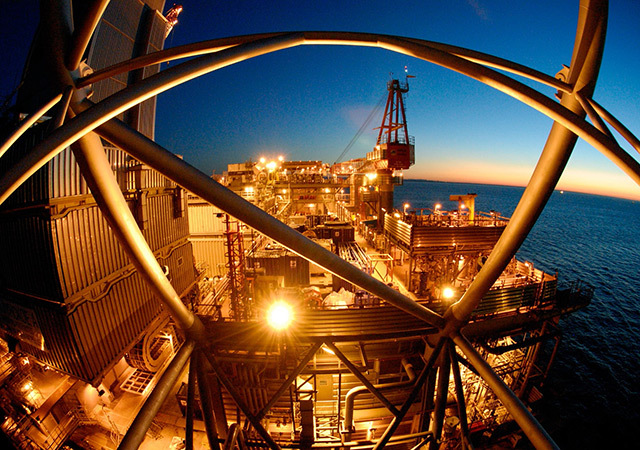
Russia is finding the flip side of a flexible currency less and less appealing.
A free-floating ruble, its antidote to the crash in oil prices, is now working against an economy mired in the second year of recession. As crude soared by more than a third in March and April, sending the Russian currency up more than 16 percent against the dollar, gross domestic product resumed a decline after zero growth in February, according to estimates by the Economy Ministry.
It did no better in May, when output shrank another 0.8 percent.
“The system that made possible the economy’s adaptation to low oil prices is so far not generating growth,” said Karen Vartapetov, an analyst at S&P Global Ratings in Moscow.
No longer acting as a shock absorber, the ruble is getting in the way of a pickup in growth that the government expects to resume next year. The decision to allow the currency to trade freely ahead of schedule in late 2014 was among the emergency steps taken to pull the economy from the brink as oil’s collapse added to a bruising standoff with the West over Ukraine.
It has helped protect budget revenue and reserves, sped up adjustments in trade and thrown a lifeline to struggling domestic producers.
Even as the ruble’s rebound has lagged a rally in commodity markets, it has still gained almost 14 percent against the dollar this year since touching a record low in January, making it the fourth-best performer globally. That followed losses of 20 percent in 2015 and 44 percent the previous year.
Deprived of the currency advantage, local companies also have to contend with moribund consumer demand. Russia’s finance minister said last month that the country isn’t “ interested” in a stronger exchange rate and a fiscal mechanism that’s under discussion would insulate the economy from the ups and downs in crude.
The ruble’s 30-day correlation with the price of oil was at 0.67 on Wednesday, near the highest in a month. A value of 1 would mean the assets are moving in lockstep. It reached a peak of 0.87 in March.
The Russian currency headed for its third day of declines, weakening 0.4 percent to 64.5925 against the dollar at 10:37 a.m. in Moscow. Brent crude, which is used to price Russia’s main export blend Urals, slipped 0.5 percent to $48.19 a barrel after plunging 4.3 percent on Tuesday.
As a resurgent ruble cuts into export proceeds and makes foreign goods more competitive in Russia, it’s also denting corporate profits, which are down a combined 8.2 percent from a year earlier in January-April after a 53 percent surge last year. Lending to companies has declined in every one of the past four months, central bank data show.
Almost all the value-added components of GDP deteriorated in May, according to state development lender Vnesheconombank, which estimates that the pace of contraction worsened to 0.4 percent on a seasonally adjusted basis. Despite the improving outlook abroad and rising exports, output continues to shrink, said Andrei Klepach, chief economist at Vnesheconombank.
“Statistical data show no turning point in the economic dynamics,” said Klepach, who previously served as the government’s top forecaster at the Economy Ministry. “The ruble’s strengthening in the spring months is starting to impair financial results of companies.”
Recommended for you
